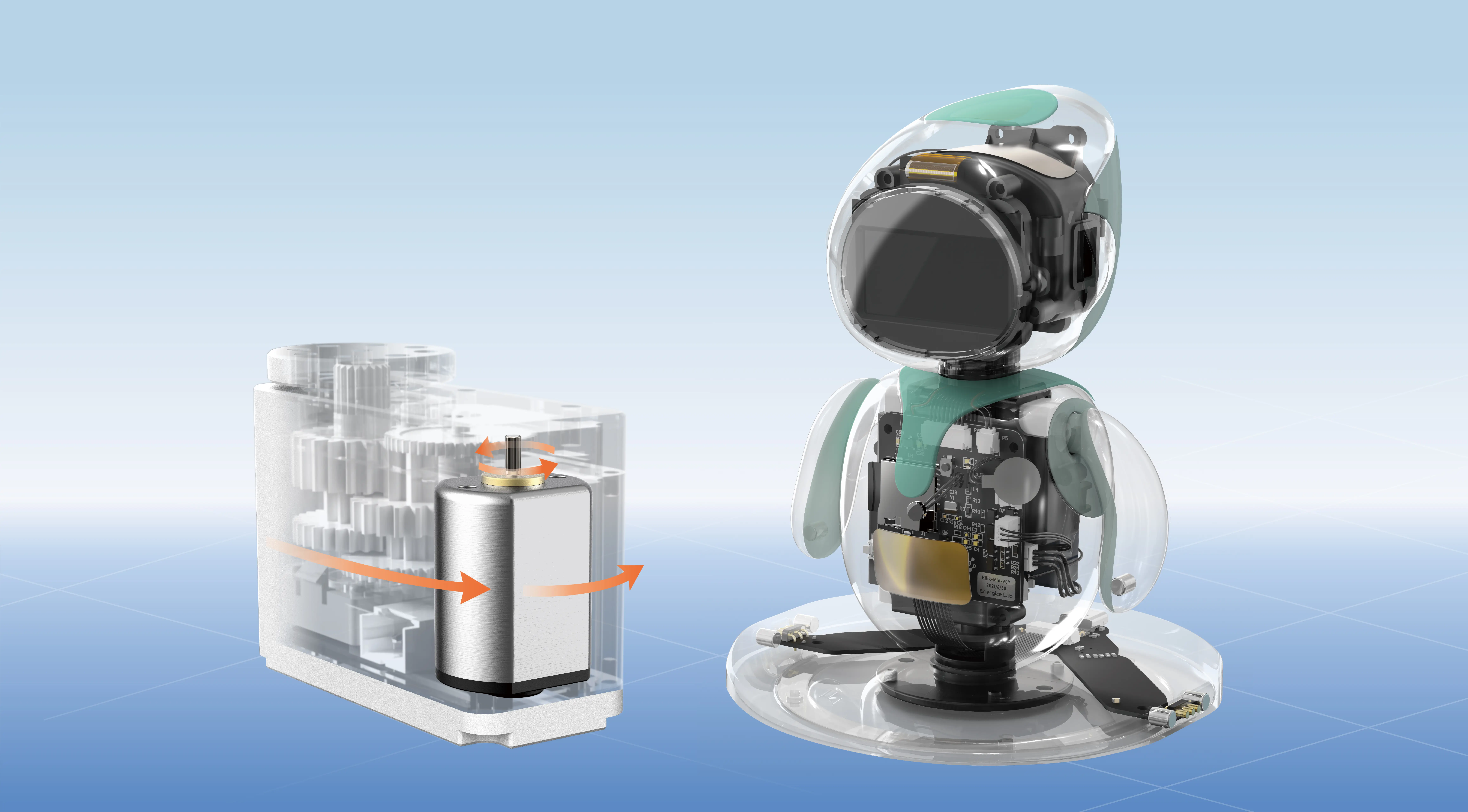Certainly! Let me craft the first part of a compelling, attractive article on "Servo Motor Applications in Robotics" for you.

Unlocking Precision and Power: The Role of Servo Motors in Modern Robotics
Robotics has long been a fascinating intersection of engineering, automation, and innovation. From assembly lines to autonomous vehicles, robots are transforming industries and impacting everyday life. At the heart of much of this technological evolution lies a humble yet powerful component: the servo motor.
Why Servo Motors Are the Backbone of Modern Robotics
Imagine a choreographed dance, where every move has to be executed with pinpoint accuracy. That's what servo motors excel at—precise, responsive, and reliable motion control. Unlike standard motors, servo motors are designed to precisely position a component at a specified angle, applying the necessary torque with finesse. This capability makes them indispensable in robotics, where exact movements can make the difference between success and failure.
Fundamentals of Servo Motor Technology
A servo motor is part of a closed-loop control system. It consists of a motor, a sensor (encoder or potentiometer), and a control circuit. The system continuously compares the desired position (input command) with the actual position reported by the sensor. The controller then adjusts the motor's movement, correcting any deviations in real time.
This closed-loop setup allows for high accuracy and repeatability. Whether it’s moving a robotic arm to pick and place objects or adjusting stabilizers on a drone, servo motors deliver controlled motion that is both powerful and precise.
Diverse Types & Their Suitability for Robotics
Servo motors come in various types—AC, DC, brushless, and stepper—each suited for different applications. However, brushless DC servo motors are particularly favored in robotics due to their high efficiency, durability, and smooth operation.
Furthermore, digital servos, which include advanced microcontroller interfaces, are increasingly prevalent. They offer programmability, enhanced feedback, and integration capabilities, making them ideal for complex robotic systems.
Key Characteristics That Make Servo Motors Ideal for Robotics
High Torque-to-Size Ratio: Servo motors can generate significant force in compact forms, vital for compact and intricate robotic applications. Precise Positional Control: They enable robotic joints and grippers to perform delicate tasks, such as assembling tiny electronic components or performing surgical procedures. Rapid Response Time: Their quick actuation makes dynamic movements, like balancing and rapid positioning, achievable. Repeatability and Consistency: Critical in industrial automation where consistent output is essential for quality control. Ease of Integration: Compatibility with sensors and controllers enhances their usability across different robotic platforms.
Applications in Robotics: An Overview
From industrial automation to consumer robots, servo motors are the driving force behind many innovative applications. They make robotic arms flexible and intelligent, facilitate mobility in service robots, and even power the subtle movements in humanoid robots. The evolution of servo motor technology continues to open new horizons, making robots more capable, adaptable, and human-like.
Impacts on Industrial Automation
In manufacturing, where speed, accuracy, and reliability are critical, servo motors enable robotic arms to perform complex assembly and packaging tasks. They facilitate synchronized multi-axis movements necessary for tasks like welding, painting, and material handling. The programmable nature of modern servo systems allows for seamless integration into factory automation workflows, reducing downtime and increasing throughput.
The Rise of Collaborative Robots (Cobots)
Cobots are transforming workplaces by working side-by-side with humans. They often rely heavily on servo motors to perform delicate, precise tasks such as assembling tiny components or sorting items with robotic fingers. Their ability to adapt quickly to changing tasks hinges on the tight control offered by servo systems.
Robotic Arms in Healthcare and Research
In medical fields, robotic arms—powered by servo motors—are assisting in surgeries, rehabilitation, and laboratory research. The precision of servo-driven mechanisms ensures high accuracy and stability, essential in sensitive applications like neurosurgery or microfluidic operations.
Mobile Robotics and Autonomous Vehicles
Servo motors also play crucial roles in mobile robots and autonomous vehicles. They power steering mechanisms, camera gimbals, and actuator systems, enhancing mobility, stability, and sensory control. In drones, for example, servo motors control camera orientation and aerodynamic control surfaces, enabling perfect stability and picture clarity.
Looking Ahead: The Future of Servo Motors in Robotics
As robotics continues to evolve, so too does servo technology. Developments in brushless motors, smart feedback systems, and machine learning integration promise even greater levels of precision and autonomy. Imagine robots that can learn and adapt their movements, or miniature servo systems that bring robotic functionality to tiny medical implants.
Conclusion of Part 1
Servo motors stand at the forefront of robotic advancement, acting as the vital link between command and movement. Their ability to deliver smooth, accurate, and powerful motion has opened doors to applications that were once considered science fiction. As we look to the future, the integration of smarter, faster, and more compact servo systems will continue to push the boundaries of what robots can achieve, transforming industries and enhancing lives in ways we are only beginning to imagine.
Established in 2005, Kpower has been dedicated to a professional compact motion unit manufacturer, headquartered in Dongguan, Guangdong Province, China.




































